Visual Communication | Term 1 Unit 7 | 7th Science - Graphics and Animation | 7th Science : Term 1 Unit 7 : Visual Communication
Chapter: 7th Science : Term 1 Unit 7 : Visual Communication
Graphics and Animation
GRAPHICS AND
ANIMATION:
Raster Graphics
The picture or image which is created by Raster Graphics is entered as it is ‘as file and data’. Pictures are of two types one is Vector another one is Raster.
Raster Graphics are created on the
basisof PIXELS. The photos taken by camera and the photos scanned by a scanner
are of the Raster type. When we enlarge this type of photos we could see the
pictures as rectangular layers or grids.
Raster File Types:
*
png (Portable Network Graphics)
*
.jpg or .jpeg (Joint Photographics Experts Group)
*
.gif (Graphics interchange Format)
*
.tiff (Tagged Image File Format)
*
.psd (Photoshaop Document)
The Software which
edit the Raster Graphics:
*
Adobe Photoshop
*
Vector Graphics
As the Vector Pictures are created
on the basis of Mathematics, even when we enlarge the picture it’s accuracy
won’t change.
Types of Vector
Graphics Files
*
.eps (Encapsulated Post Script)
*
.ai (Adobe Illustrator Artwork)
*
.pdf (Portable Document Format)
*
.svg (Scalable Vector Graphics)
*
.sketch
The Softwares which
edit the Vector Graphic Images
*
Adobe Illustrator
*
Sketch
*
Inkscape
Inkscape
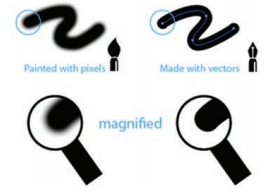
Step 1: First we have to scan the picture we
havedrawn in the COMPUTER.
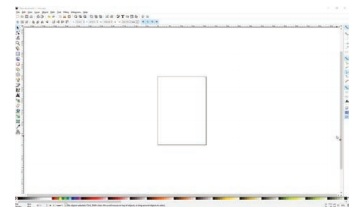
Step 2: Then we have to open this picture in
the‘INKSCAPE’ software. Select the entire picture.

Step 3: Select PATH option. From the
submenu,select ‘TRACE BITMAP’ option.
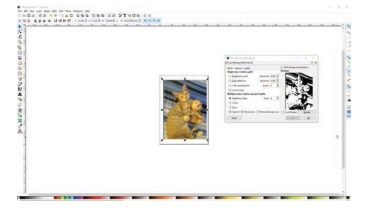
Step 4: Do corrections in the small screen
whichappears. Now UPLOAD this edited image and click on OK.
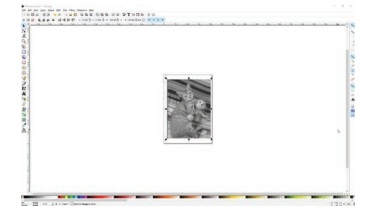
Step 5: Now close the screen of TRACEBITMAP.
Now click the picture that appears on the present screen and drag it .You will
get the vector graphics of the drawn picture. SAVE it by clicking the ‘save
button’ and save it in your choice of file format.
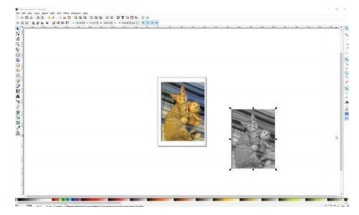
2 Dimensional and 3
Dimensional Images:
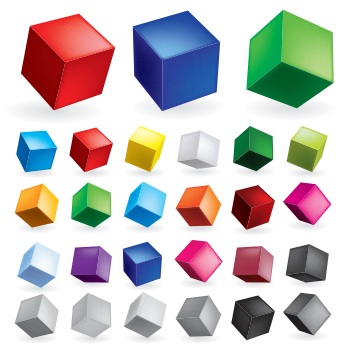
As soon as we see the above picture
we know the difference between the two. The first is TWO DIMENSIONAL (2D)
another one is THREE DIMENSIONAL (3D).The two dimensional 2D images have only the
two dimensions - length and height. But three dimensional images (3D) have
length, height and width. 3D images appear in front of our eyes like it happens
in the real world.
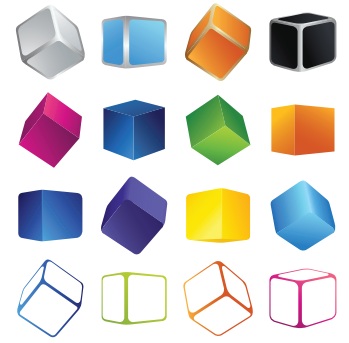
Three
dimensional videos will bring the scenes alive before our eyes. Already there
are three
dimensional films. Now three dimensional games have also got
released.
Now
there is another new technology VIRTUAL REALITY in 3D.VIRTUAL REALITY is a
technology which shows the computer image as real image. When we see games
through this technology we can feel/ perceive the setting of the game as real.
Now this technology has been introduced in Smart Phones too.
Related Topics